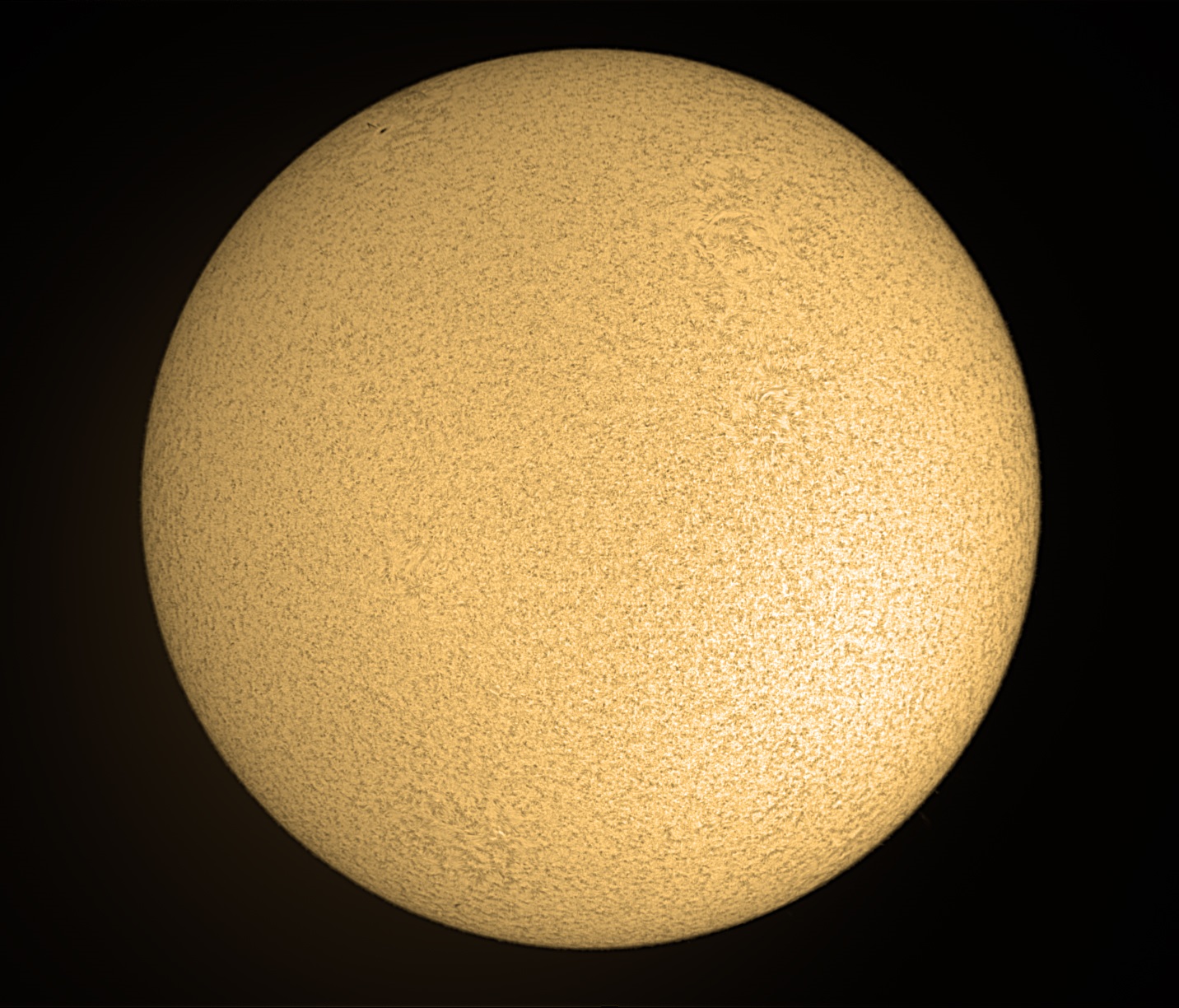Your June 2021 solstice stargazing in North Carolina
June 18, 2021
By Amy Sayle
The start of summer, astronomically speaking, arrives for those of us in the northern hemisphere on Sunday, June 20, 2021, at 11:32 p.m. EDT, when the Sun reaches its most northern point relative to the Earth’s equator, and we have the longest period of daylight of the year.
Even though your nighttime may be short this time of year, it’s still worth staying up late enough to see the celestial delights that the June 2021 sky has to offer. A few sky-gazing activities you might try this month in your own neighborhood on a clear night:
1) Spot Venus and Mars in the early evening.
Take a walk soon after sunset to find Venus popping out during evening twilight. Look for a very bright “evening star” (though it’s actually a planet) in the same direction as sunset. The longer you wait for the sky to darken, the easier it’ll be to pick out Venus from the background of the sky. But if you wait too long, Venus will undoubtedly slide behind a tree or building, before it disappears below the horizon altogether.

To the upper left of Venus will be another planet: fainter, reddish Mars. Watch each evening as the two planets appear to pull closer together. They’ll swap positions in mid-July 2021.
2) Make a wish on the first star you see.
To see stars (other than the Sun, that is), you’ll need to commit to staying out for at least a while after sunset. If you’re outside as stars are just beginning to pop out of the evening twilight, you might first notice the bright orangish star Arcturus, which is very high in the North Carolina sky at the beginning of the evening this time of year. Or you might spot Spica high in the south, or Vega in the east.
3) Star hop with the Big Dipper.
The seven stars of the Big Dipper are currently well placed high in the evening northern sky. Once you’ve found the Big Dipper, you can use it to “star hop” your way to other stars and star patterns. For example, the two stars at the side of the Big Dipper’s bowl will point you to Polaris, the North Star. Next, imagine filling the bowl with water and letting it drip onto the back of Leo the Lion. Finally, follow the curve of the Big Dipper’s handle to “arc to Arcturus” and then “speed on to Spica.”
For a guided tour of how to star hop with the Big Dipper, check out this Morehead At Home video. Or download the June/July 2021 star map from Morehead’s skywatching webpage.
4) Watch the full moon rise.
The next full moon will be June 24, 2021. Full moon is when the Moon is opposite the Sun in the sky, so the Moon will rise around sunset, stay up all night, and set around sunrise.
5) See Jupiter and Saturn
In June 2021, viewing Jupiter and Saturn is going to require staying out late, or getting up in the pre-dawn hours. Saturn, the planet in our solar system with the most spectacular ring system, currently rises in late evening, before midnight. Jupiter, the biggest planet in our solar system, rises about an hour later. Or you can wait another month or two to see these two planets at a more convenient evening viewing time.
Want to join others in appreciating and learning the night sky? Stay tuned for the return of Morehead’s free in-person skywatching events! We plan to bring them back this fall 2021.
